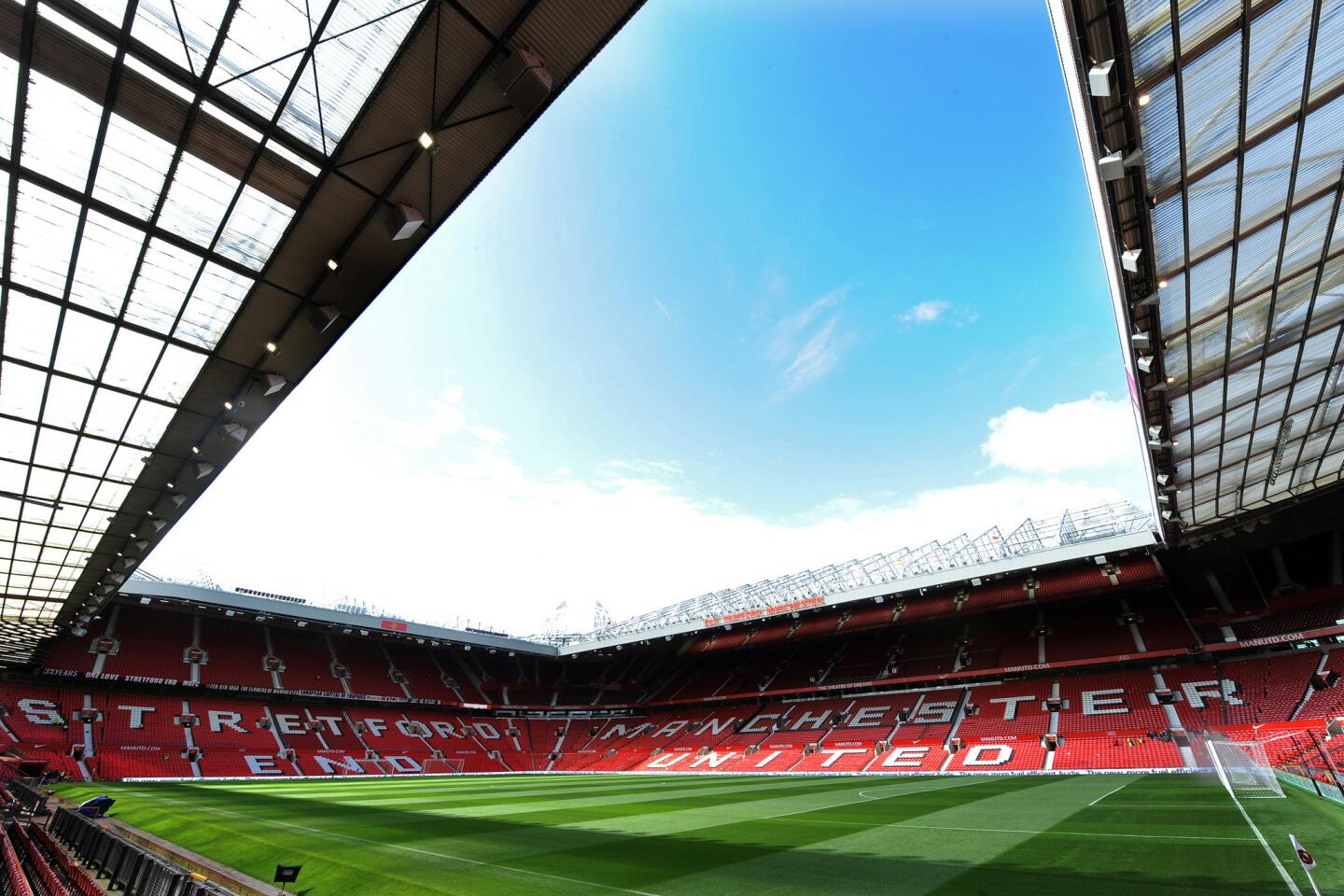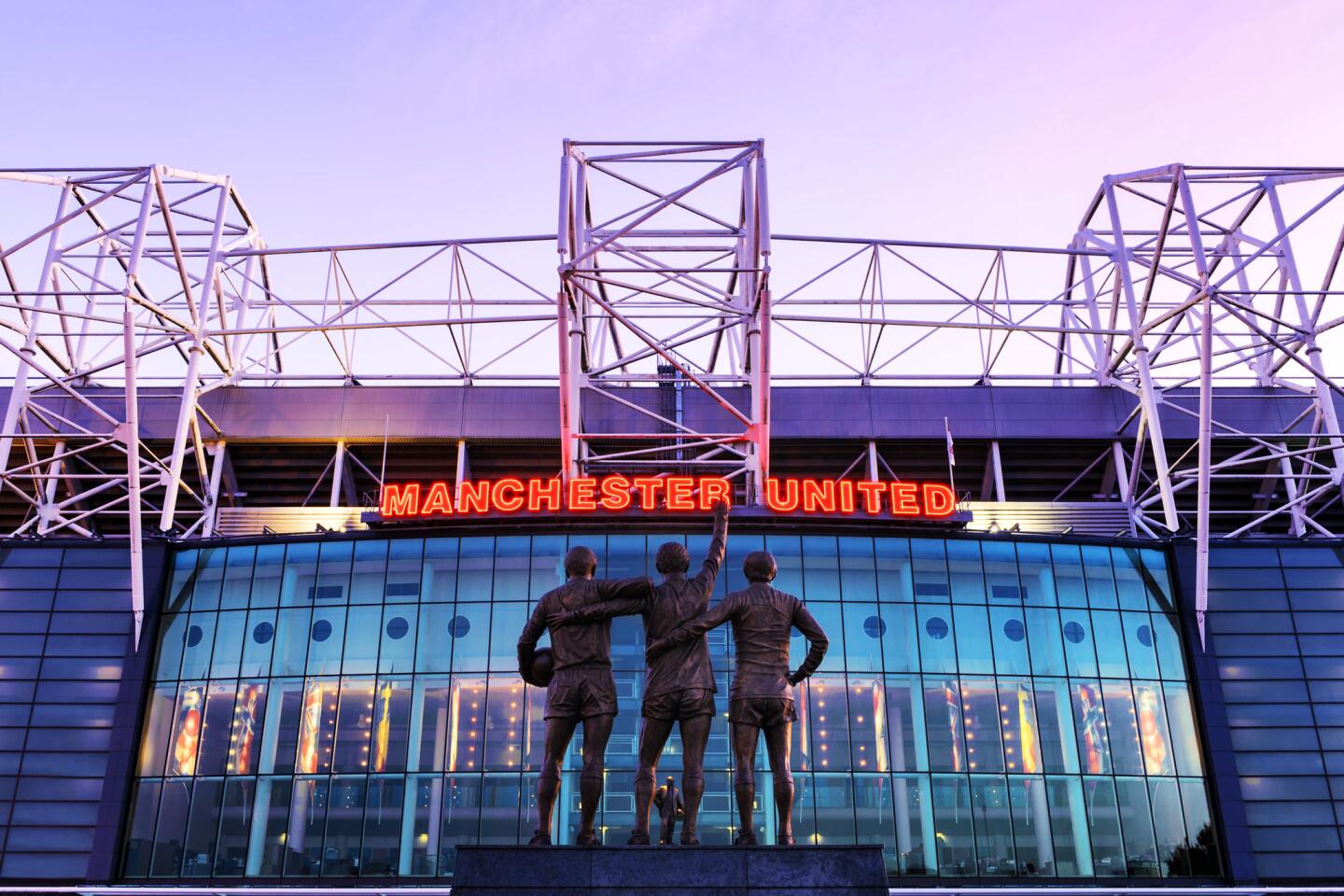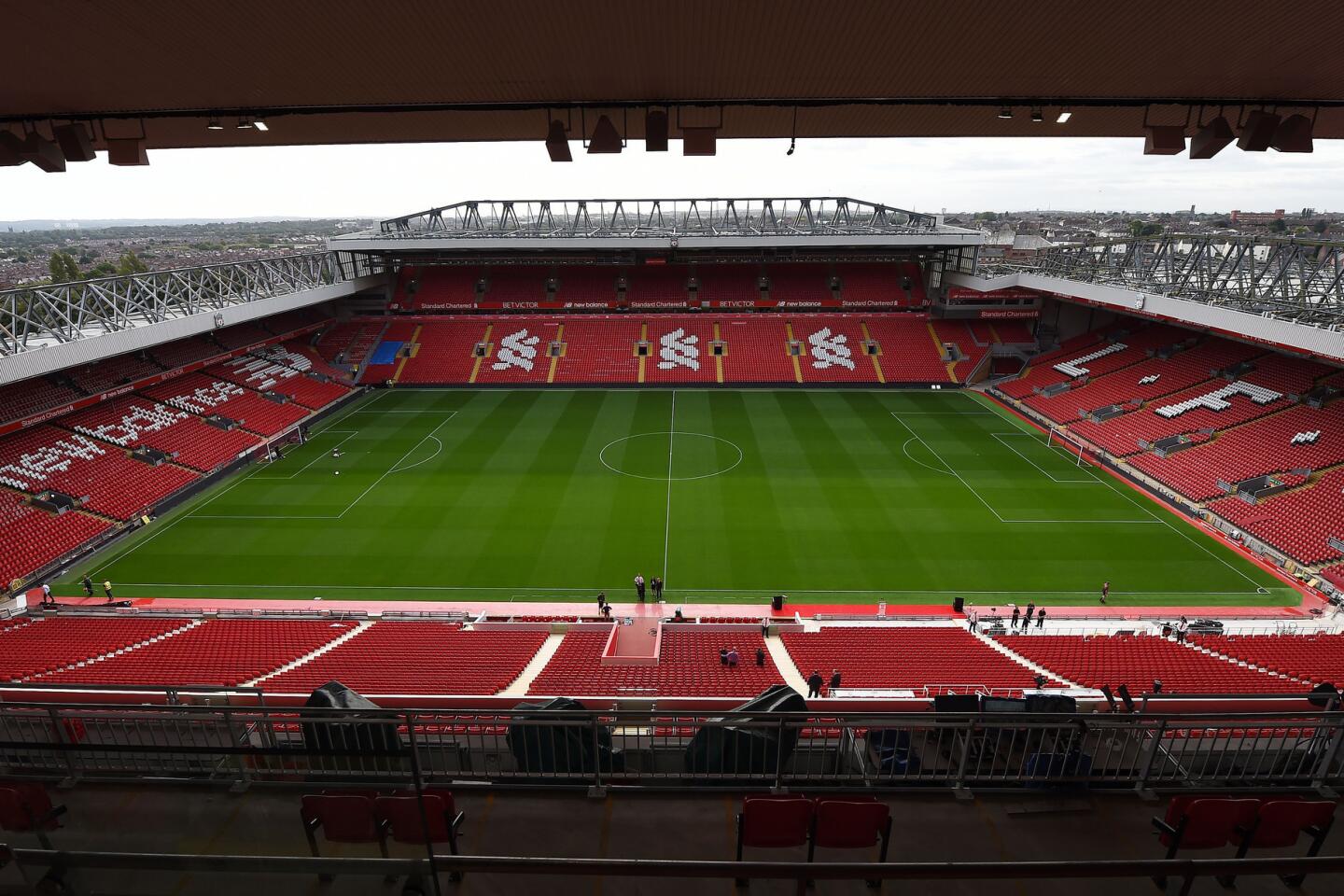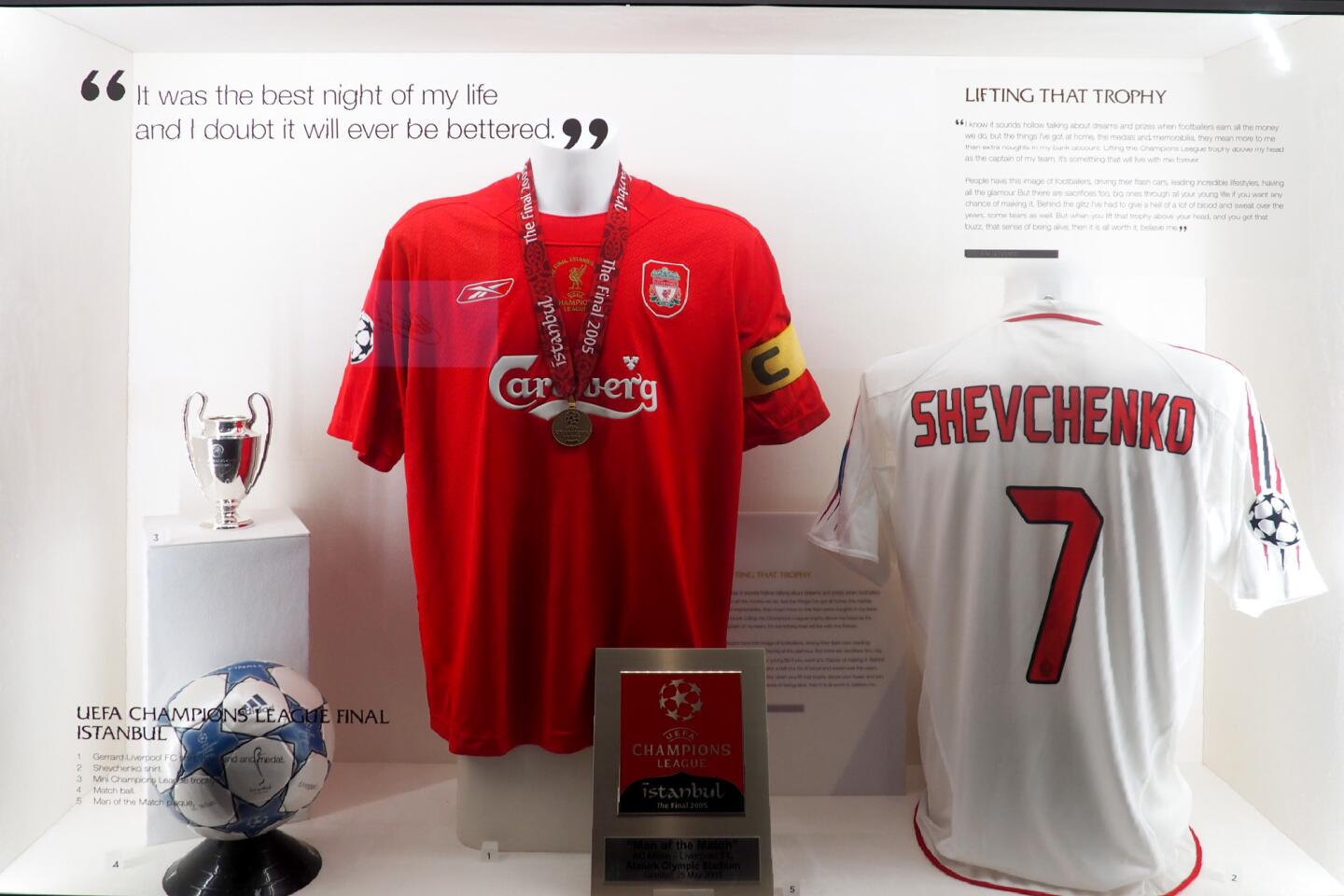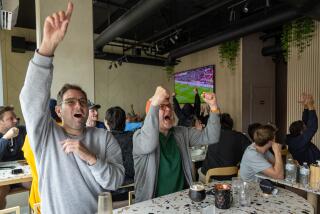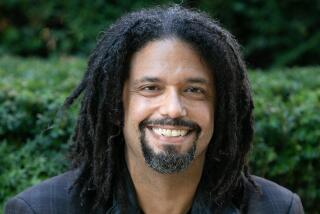A football (translation: soccer) fan’s guide to Manchester
Reporting from Manchester, England — I’ve been a fan of the Liverpool Football Club fan since college, so I didn’t expect to be excited as I walked through the players’ tunnel at Old Trafford, holy ground for fans of rival Manchester United.
As the electric green grass of the pitch came into focus, I realized I had goosebumps. This is where George Best, Bobby Charlton, David Beckham and many other soccer greats played.
Don’t tell my fellow Liverpool fans, but I bought a souvenir at the gift shop.
If you grew up playing soccer in the United States and have followed the Premier League, the most prestigious British men’s soccer league, Manchester may be a winning destination.
The city, in central England, has thrived, successfully rebuilding its center destroyed in 1996 by a bomb detonated by the Irish Republican Army. It is also where you’ll find the stadiums of two storied football teams (Manchester City is the other) and the National Football Museum.
I put together a three-day football fan geek-out last summer that included a 45-minute train ride to Liverpool to have my own religious experience at Anfield stadium.
Hotel Football
For Manchester United fans, one of the perks of staying at the Hotel Football is being able to see the glass facade of Old Trafford just outside your window.
The hotel is part of GG Hospitality, owned by Gary Neville and Ryan Giggs, former Manchester United greats. It is over the top, but that’s the point.
There’s the Old Trafford Supporters Club, a dedicated hotel floor where fans can watch the games. On another floor, you’ll find a faux pitch and small nets for a quick indoor game. Even the complimentary toiletries are packaged to resemble soccer jerseys.
And in Café Football, dishes and drinks are named after players.
For the not-so-into-football visitors, the hotel abuts Bridgewater Way, where you can walk or jog along the Bridgewater Canal. It’s also within walking distance of the Lowry arts complex and the Imperial War Museum North.
Info: 99 Sir Matt Busby Way, Stretford, Manchester; 011-44-161-751-0430, hotelfootball.com. Doubles from $143.
National Football Museum
The National Football Museum, a scalene triangle-shaped building that juts skyward, glimmers in the sunlight.
It’s home to the largest football museum in the world, with five floors of jerseys once worn by the football greats, trophies and soccer games you can actually play.
It’s also where I spent more than four hours roaming the exhibits and football paraphernalia.
I sat in George Best’s black Mini Cooper and stood in awe of the Women’s FA Cup Trophy from 1979. I held the Premiere League trophy and lifted it above my head as though I had just won it, and I brushed up on my soccer skills.
I felt like a kid again playing AYSO soccer, and I didn’t want to leave.
Even if you’re not a football fan, the museum should appeal to history buffs. There’s info on the history of the game and how the media cover it.
There’s even a health angle with information on how players keep in shape and what the game does to the body. If you go, give yourself at least a couple of hours to explore.
Info: Urbis Building, Cathedral Gardens, Manchester; 011-44-161-605-8200, nationalfootballmuseum.com. Admission is free.
Meal with a view at Selfridges
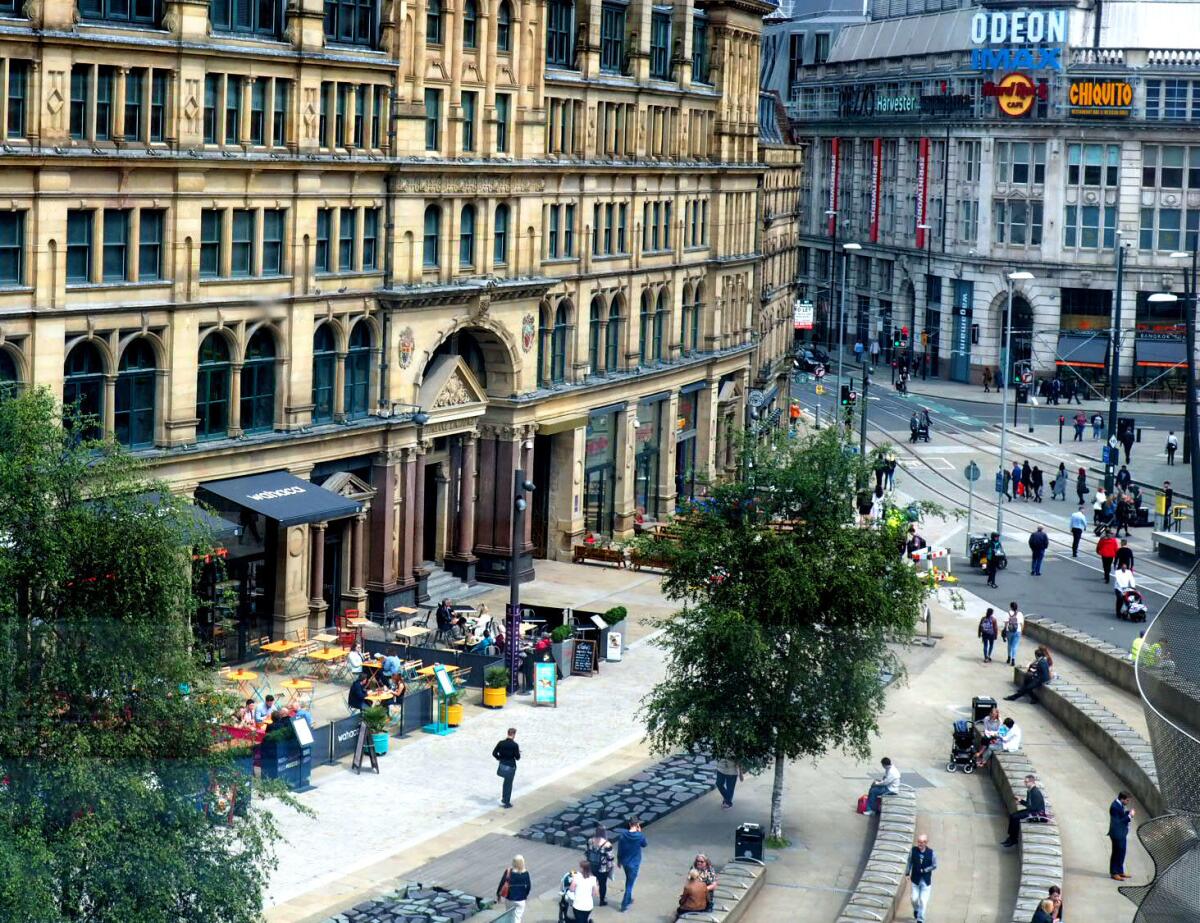
One of the best views of Manchester comes with Champagne and designer clothing.
The Selfridges & Co. department store towers over Exchange Square, which was built on the site of the 1996 IRA bombing and is a testament to Manchester’s resilience.
San Carlo Bottega, the top-floor restaurant, is an ideal place to grab lunch before an afternoon at the National Football Museum just down the road. The sunlit restaurant is full of marble, plush blue booths, cold bubbly and plenty of oysters.
Non-football fans can skip the museum and spend the afternoon shopping at designer stores around the square.
Info: 1 Exchange Square Central, Corporation Street, Manchester; 011-44-800-123-400, selfridges.com.
Old Trafford
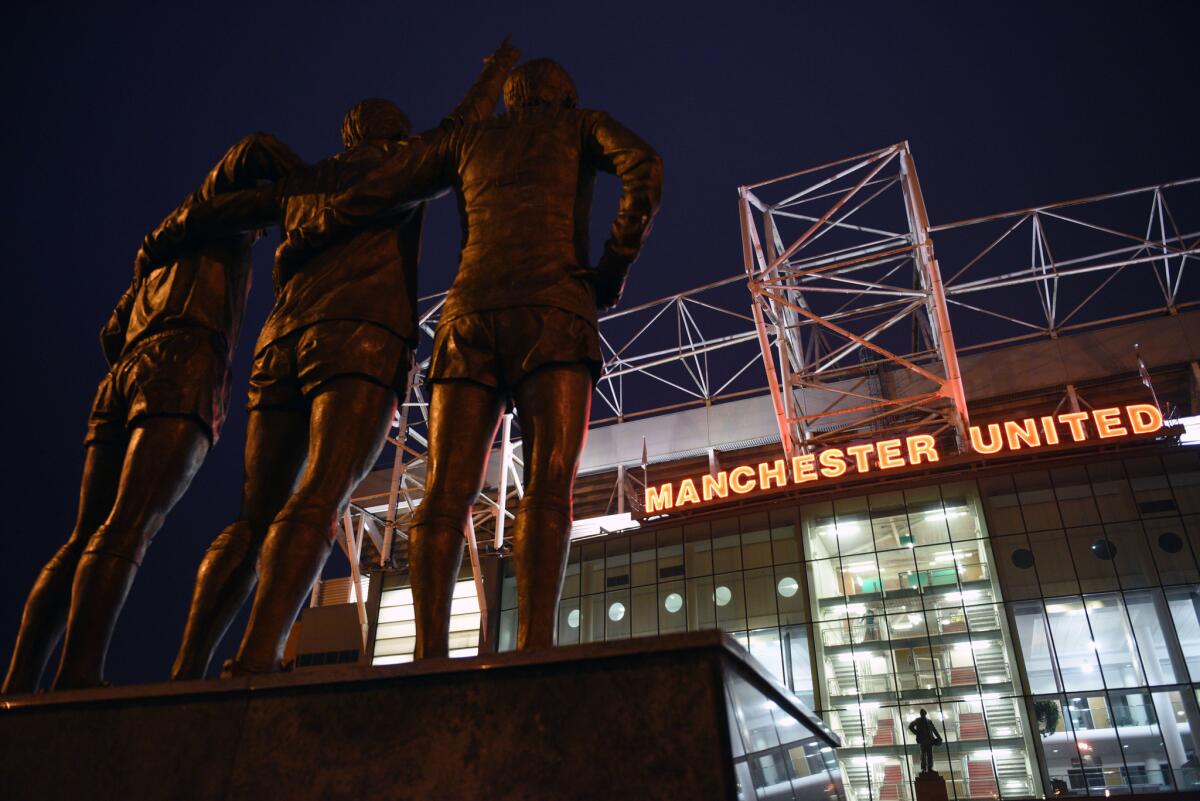
Old Trafford is the largest football club stadium in Britain. And the people working here, from the person who sells you tour tickets to the tour guide, are Manchester United super fans.
Don Corker, my tour guide, is one of those fans. He has been leading tours at the stadium for the last 12 years. He walked us through the stands, into the players’ locker room, the press room, through the players’ tunnel and out to the pitch.
Then he left us at the club museum to explore on our own. That’s where I cried reading news articles about the Munich, Germany, air disaster of 1958, when a plane carrying the Manchester United team crashed, killing eight players.
Part of me became a Manchester United fan that day. It was impossible not to.
For non-football fans, the team has been around for 130 years, and there’s a lot of history there to digest besides the sport.
Info: Sir Matt Busby Way, Stretford, Manchester; 011-44-161-868-8000, manutd.com. Tour costs about $21, which includes admission to the museum.
Liverpool
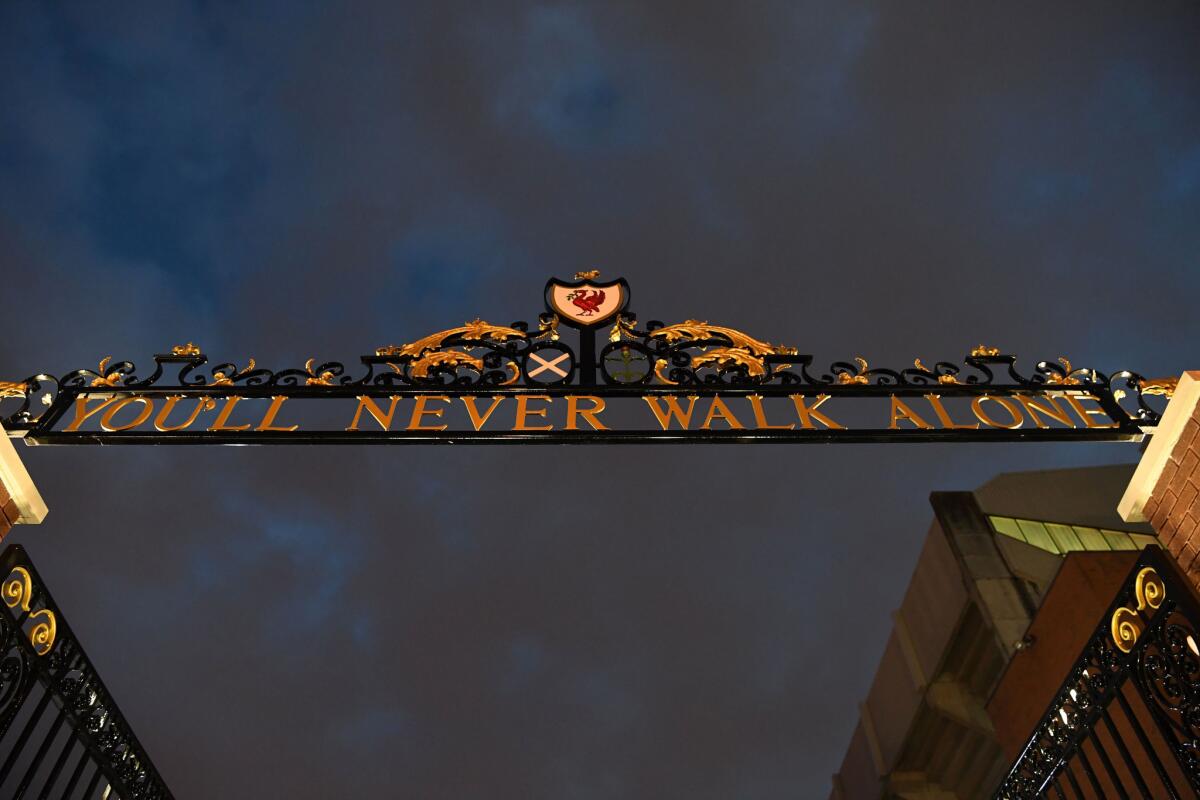
When I arrived at Anfield stadium, my Liverpool FC team scarf wrapped tightly around my neck, I passed through the Paisley Gateway (named for Bob Paisley, who spent 50 years with the team as a player, coach and manager) and stared in awe at the towering brick building.
That feeling dissipated quickly when I learned the stadium was undergoing an expansion and I wouldn’t be able to take a tour or walk out to the stands. The museum and restaurant were still open, so I made the most of the visit.
After a quick lunch at the Boot Room, I made my way to the museum to see the Steven Gerrard exhibit (he’s the best Liverpool player ever) and learn more about the team I’ve been rooting for since college.
I also wanted to see Goodison Park, the stadium that houses rival team Everton.
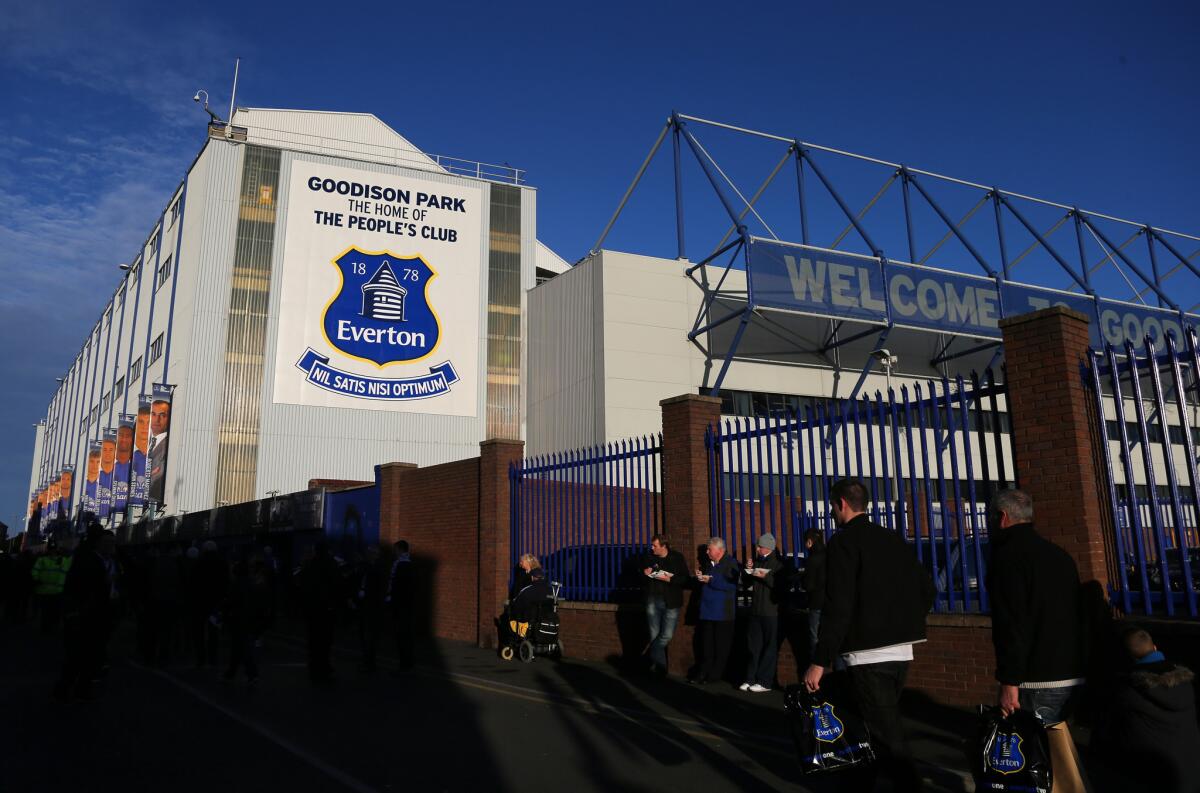
I took Skerries Road, a residential street southeast of the stadium, and tried to imagine the chaos and excitement of game day and how all the roads leading to Anfield flood with fans.
As I walked, I saw houses with doors painted blue or red, perhaps a show of the team loyalty: blue for Everton, red for Liverpool. It felt good to be among fellow football fans in a city that’s been cheering for my team for more than a century.
For non-football fans, Liverpool is the hometown of the Beatles, and there are plenty of Beatles tours throughout the city. You can visit Penny Lane, Strawberry Field and the Liverpool College of Art, where John Lennon went to school.
Info: Anfield Road, Liverpool; 011-44-151-260-6677, liverpoolfc.com/stadium. Anfield stadium tour about $20.
If you go
THE BEST WAY TO MANCHESTER ENGLAND
From LAX, American, United, Delta, British, Aer Lingus, KLM, Lufthansa and Swiss offer connecting service (change of planes) to Manchester. Restricted round-trip airfares from $913, including taxes and fees. Liverpool is a 45-minute train ride from Manchester.
WHERE TO EAT
If you want to spot some football players off the field, or find a nice bowl of al dente pasta, try Rosso, an Italian restaurant co-owned by ex Manchester United player Rio Ferdinand. 43 Spring Gardens, Manchester; 011-44 161 832 1400.
TO LEARN MORE
Manchester Visitor Information Center, 1 Piccadilly Gardens, Manchester; 011-44-871-222-8223
More to Read
Sign up for The Wild
We’ll help you find the best places to hike, bike and run, as well as the perfect silent spots for meditation and yoga.
You may occasionally receive promotional content from the Los Angeles Times.
